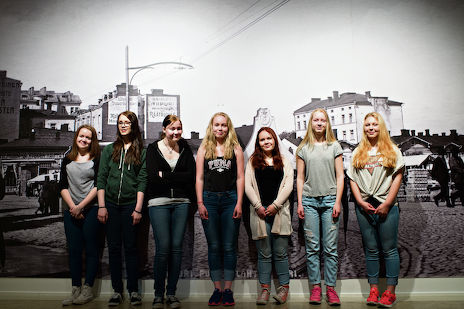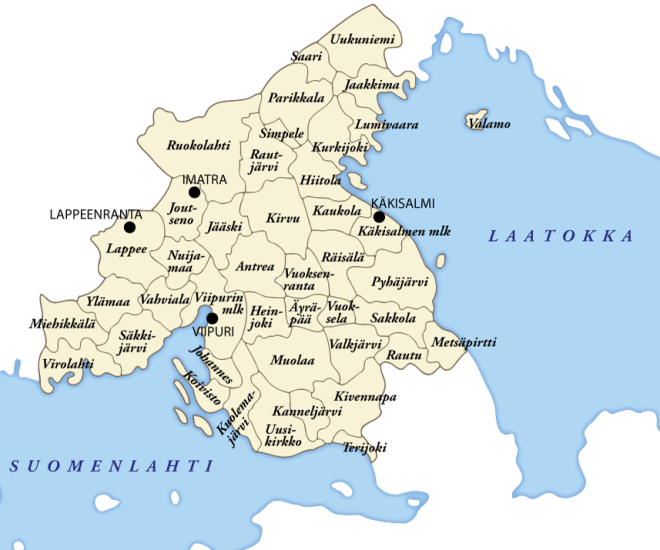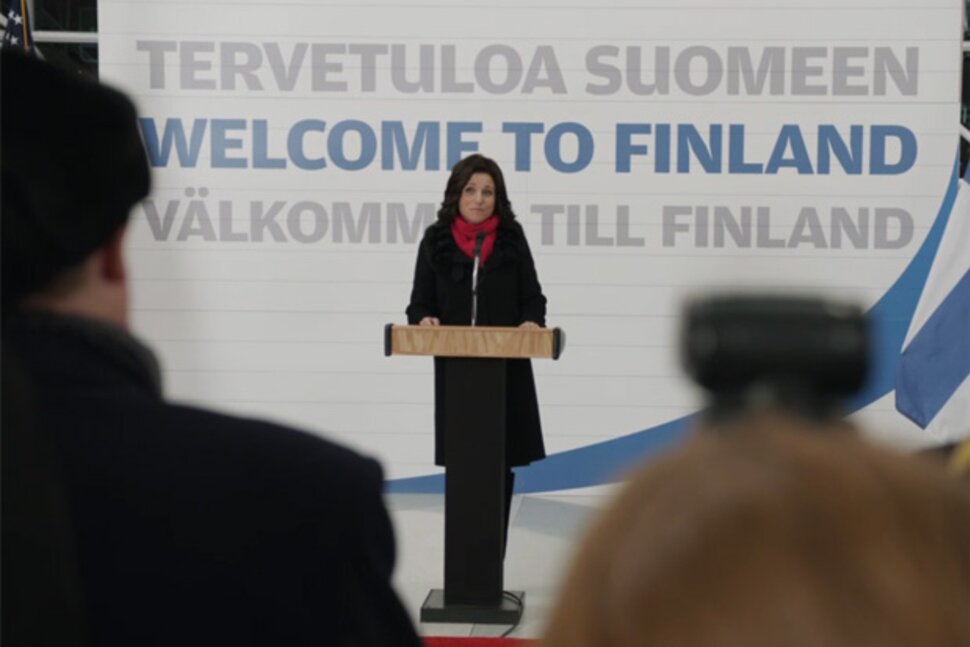
Petersburg residents grabbed up all the appointments in July to apply for a Schengen visa at the Finnish visa center in the city after it was reported that all restrictions on crossing the border would be lifted.
Finland lifted all anti-covid restrictions on entering the country on June 30, and visa restrictions were lifted on July 1. The scheduling of appointments for processing visa applications was opened a month in advance, and in four days Petersburgers booked all the slots for dates up to and including July 29, writes Petersburg Patrol, citing a source in the visa center.
The source at the visa center could not rule out that “the management [would] add additional slots.” Usually, appointments to apply for visas were scheduled a week in advance.
Before the hype, Petersburgers who previously held two-year Schengen visas were issued them again without any problems.
The Finnish Interior Ministry conjectured that the lifting of restrictions would increase traffic from non-EU countries, in particular, on its eastern border, while the desire of Russians to visit Finland and the number of valid visas issued to Russian nationals would affect the volume of traffic.
Tour operators believe otherwise: the flow of tourists from the Russian Federation will be affected by difficulties with obtaining visas and exchanging currency. Aleksan Mkrtchyan, vice-president of the Alliance of Travel Agencies, noted that the opening of the land border is “certainly a good thing,” from which Finland and residents of Petersburg and the Leningrad Region would benefit. However, it would be Russians who already hold a valid Schengen visa who would be the first to go to Finland, he said.
“It is almost impossible to get a Finnish visa in the near future—[appointments at the visa center] are booked out almost till the end of August,” Mkrtchyan told Interfax.
Petersburgers will be able to travel in large numbers to Finland from July 15—the day on which Russia removes all restrictions on crossing the border, which were introduced in March 2020 due to Covid-19. Upon returning to the country from abroad, Russians will still have to take a PCR test.
In Finland, citizens of non-EU countries have not been required to have a vaccination certificate or a coronavirus test since July 1. Coronavirus testing will also no longer be carried out at border crossings.
Source: Delovoi Peterburg, 5 July 2022. Still from Veep courtesy of US News. Translated by the Russian Reader
The city of Lappeenranta would be prepared, if necessary, to offer its airport as a NATO base: “It will certainly be available if the Defense Forces so wish”
Lappeenranta has not discussed with the Finnish Defense Forces what investments would be involved in possible NATO membership, but in theory the city would welcome them.

The city of Lappeenranta aims to get the maximum benefit if Finland joins NATO.
Political decision-makers and officials in Lappeenranta have expressed the hope that, with membership, even a NATO base could be established in Lappeenranta.
According to Lappeenranta’s city manager, Kimmo Jarva, the idea has come about at a time when the debate on joining NATO has been lively, and because South Karelia is located on the frontier between Europe and Russia.
There has been no discussion of the matter in defense policy circles, nor has there been any discussion with the Defense Forces. However, the city of Lappeenranta hopes that the Defense Forces will make investments in South Karelia due to NATO membership.
“I’ve heard conjectures about the airport, among other things. I’m sure it’s available if the military would like it. As for whether there will be any changes in the locations of the Army Academy and the Defense Forces, I cannot say as I’m a layman,” Jarva says.
According to Jarva, the progress of Finland’s NATO membership bid has given hope to the whole of South Karelia. It brings a sense of security and confidence to companies, for example.
“Companies, for example, believe this is a stable environment. This has been the case all along, but it brings a sense of security and can encourage investments in the region,” Jarva says.
He believes the war will eventually end and ordinary people will again travel across the eastern border.
“NATO membership does not preclude the movement of ordinary people, after things are sorted out first,” Jarva hopes.
Source: Tanja Hannus, Yle Uutiset, 30 June 2022. Translated, from the Finnish, by the Russian Reader
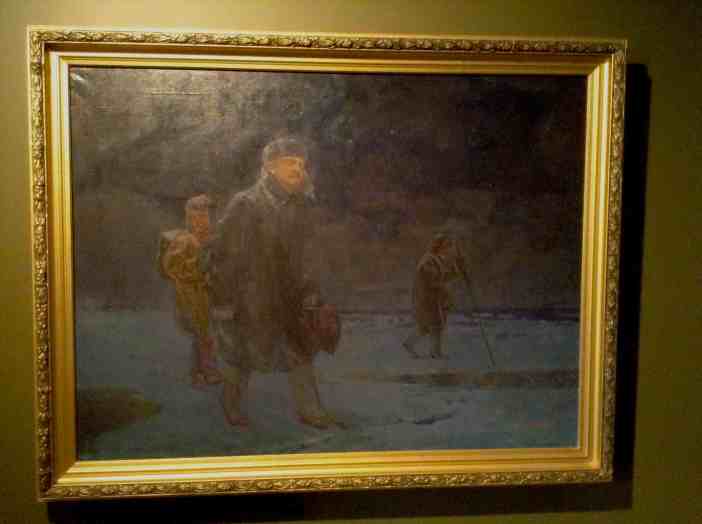

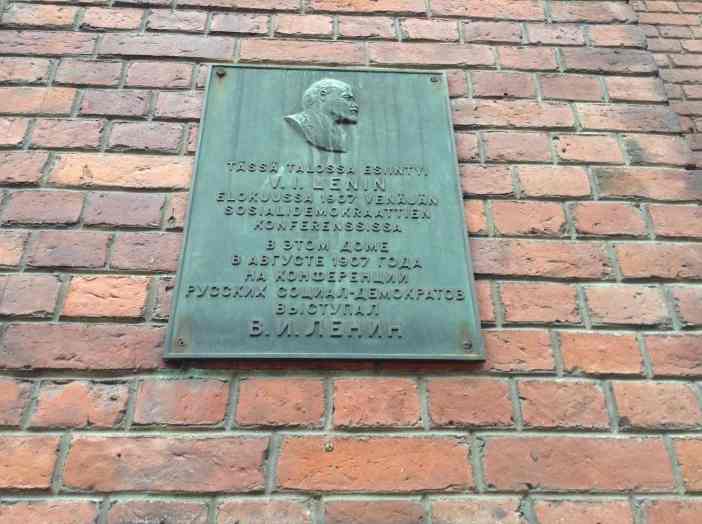
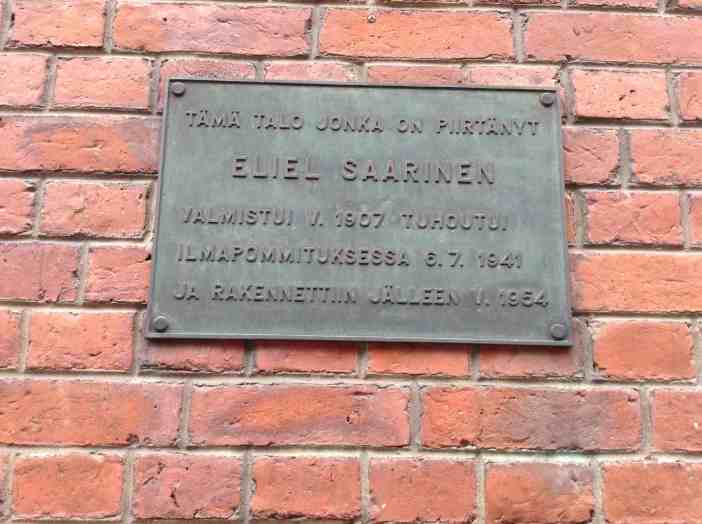
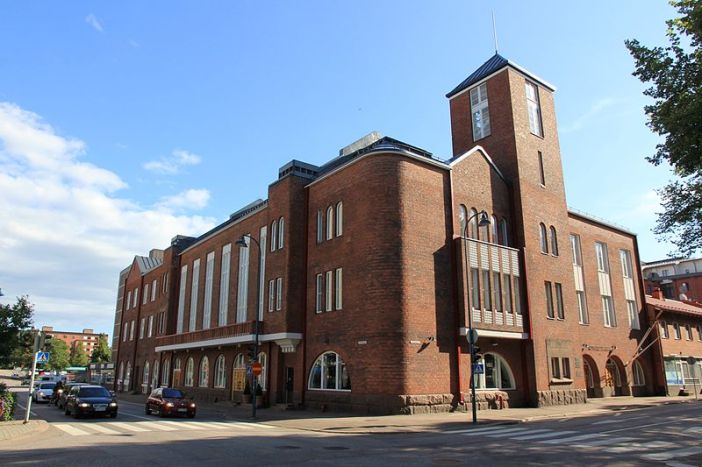 Kotka Concert Hall. Image courtesy of
Kotka Concert Hall. Image courtesy of 